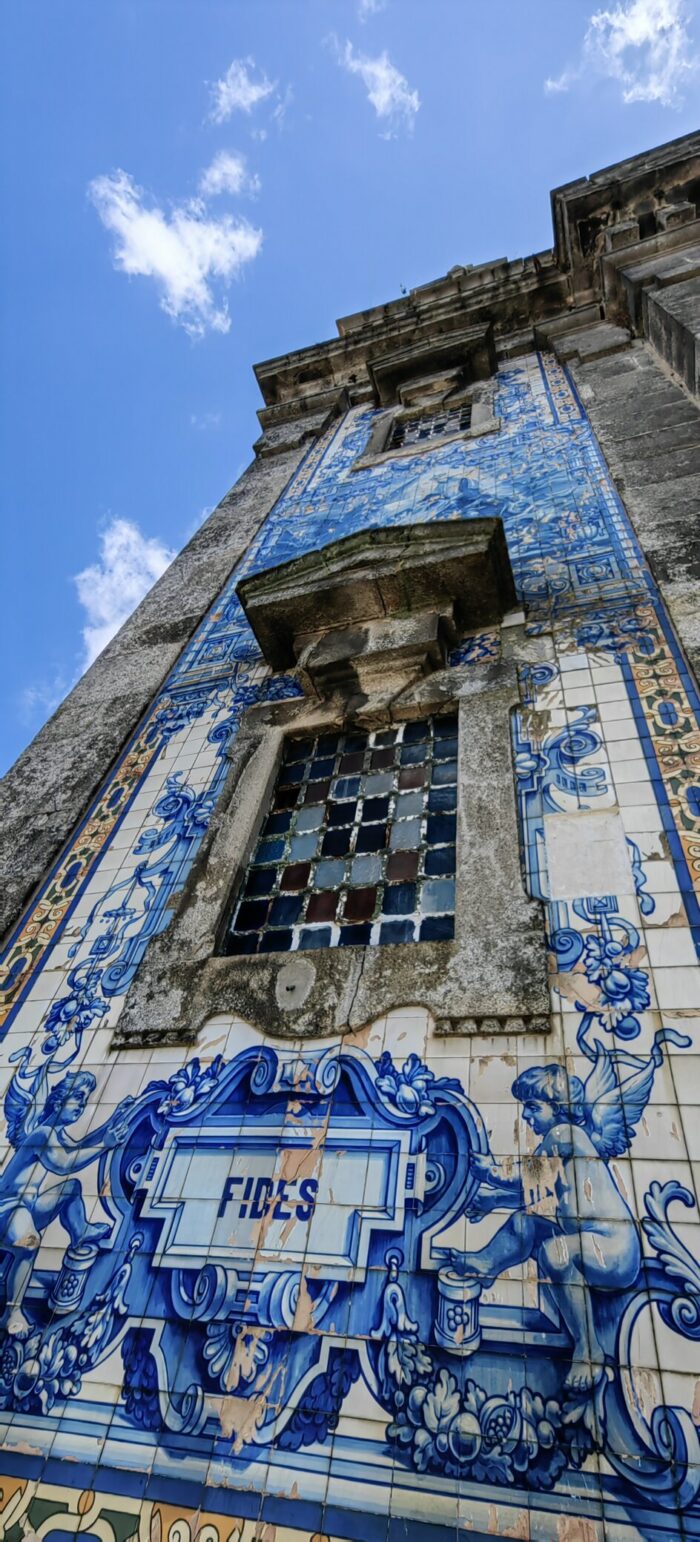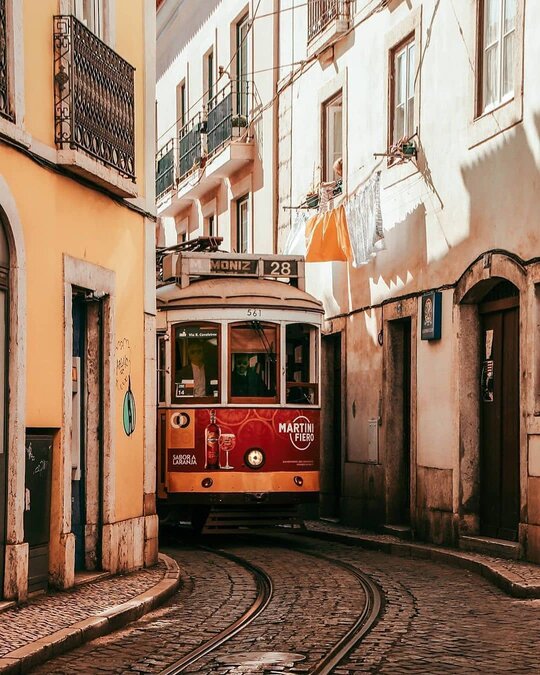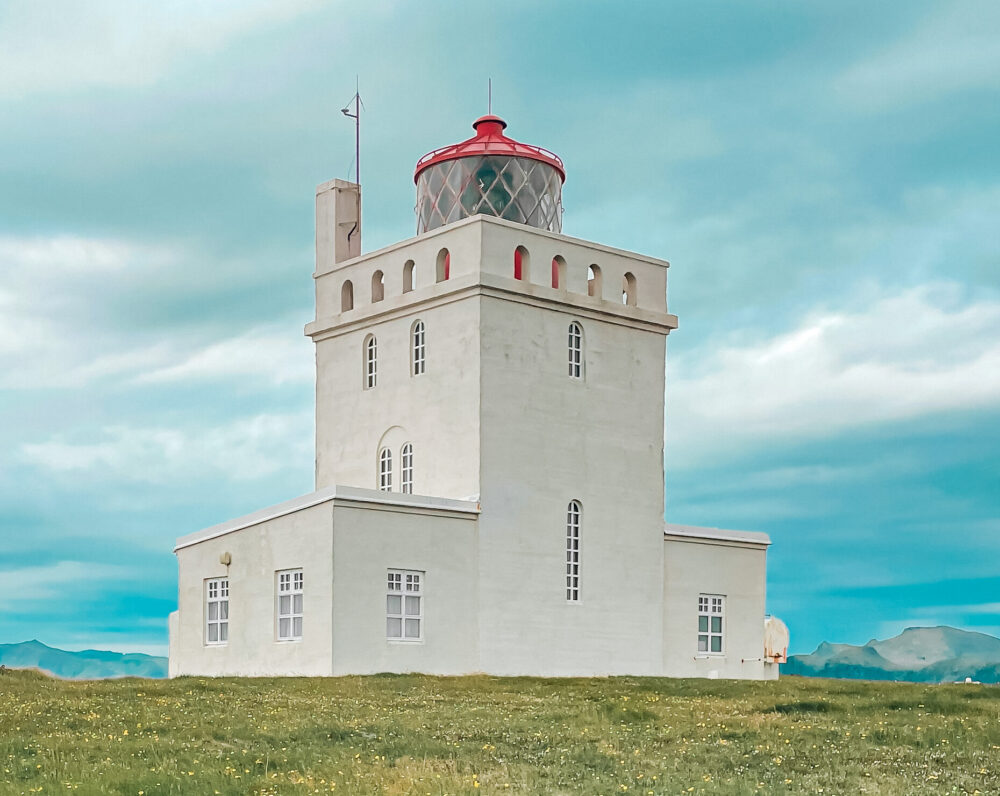Nestled on the eastern coast of Baja California Sur, Loreto is the only place on Earth where humans can observe blue whales in coastal warm water. For giants reaching up to 30m in length—the biggest animals that have ever lived on the planet—blue whales remain elusive and hard to find. I went to Loreto to see these whales, but found so much more in this enchanting town. Redolent of history, surrounded by world-class beauty, Loreto rewards the senses off the beaten path.
Designated one of Mexico’s Pueblos Mágicos (magic towns), Loreto has retained its charm and famously leisurely pace of life. The locals embrace this as their unofficial motto: “Loreto, donde el sol no tiene prisa” (Loreto, where the sun doesn’t hurry).
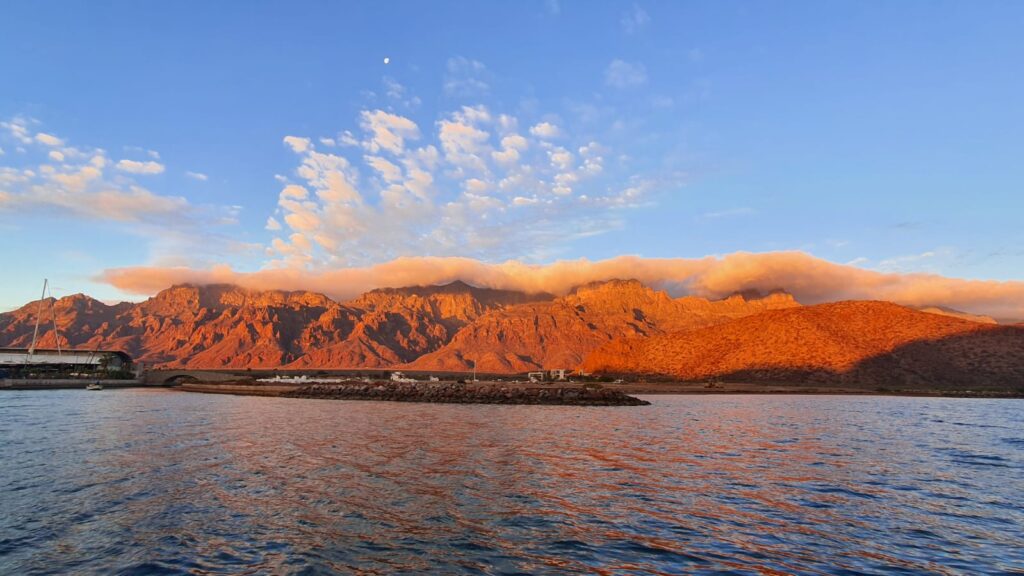
Your whale watching day begins at Puerto Escondido (Hidden Port). Photo by Ivette Granados
In 1940, John Steinbeck observed that “Loreto was asleep in the sunshine, a lovely town, with gardens in every yard and only the streets white and hot.” Not much seems to have changed in the past eighty-odd years. Surrounded by palms and bougainvilleas, the stone-paved village square is the center of life here. Around the corner stands Mission Loreto, originally founded in 1697—making Loreto the oldest mission in California. The current church was built in the mid-18th century and still sounds bells twice a day. Walk to the other side of the square for five minutes to reach the Malecon, the paved esplanade along the Loreto Bay National Park. This UNESCO heritage site is home to nearly a third of the world’s marine mammal species, plus hundreds of bird and fish species.
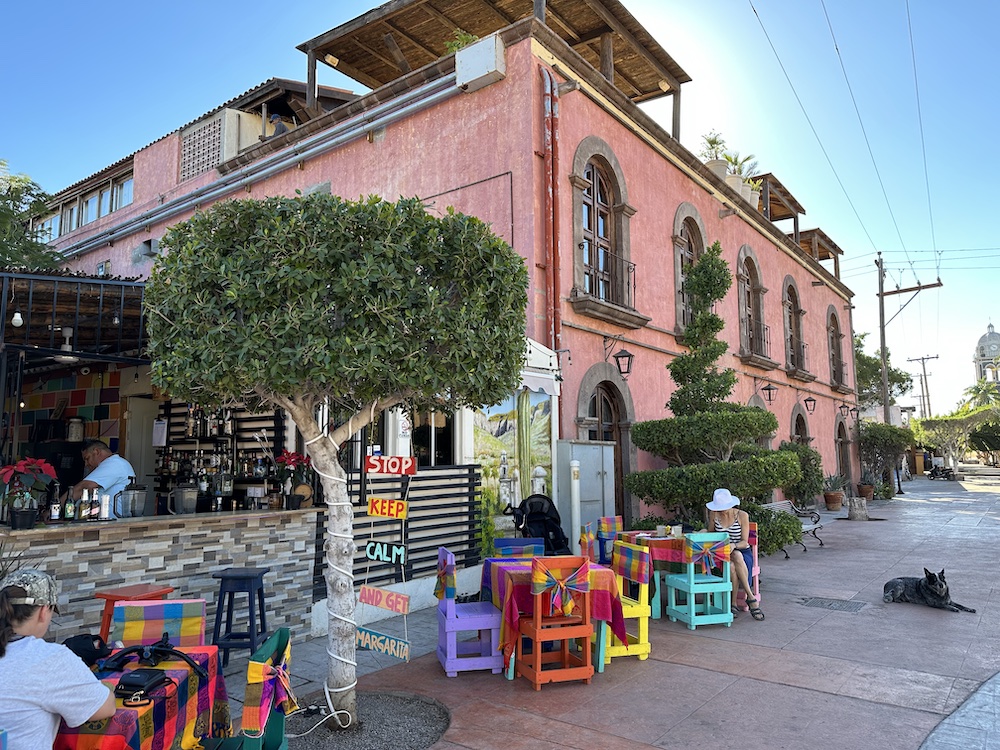
What to see in Loreto
Whales and the blue-footed booby
The celebrated French explorer Jacque Cousteau once called the Gulf of California “the world’s aquarium.” No trip to Loreto would be complete without exploring its ecosystem. Cetacean lovers should book at least a day on a boat tour to look for whales. From January to March is peak season, when you’re nearly guaranteed to spot one of the eleven species of whales that visit the Gulf. These include: blue whales, gray whales, fin whales, humpback whales, sperm whales, orcas, and different porpoises and dolphins. (If you go farther north to the uppermost reaches of the Gulf of California, there are about ten individuals of the vaquita still remaining—the world’s smallest and most endangered cetacean species.)
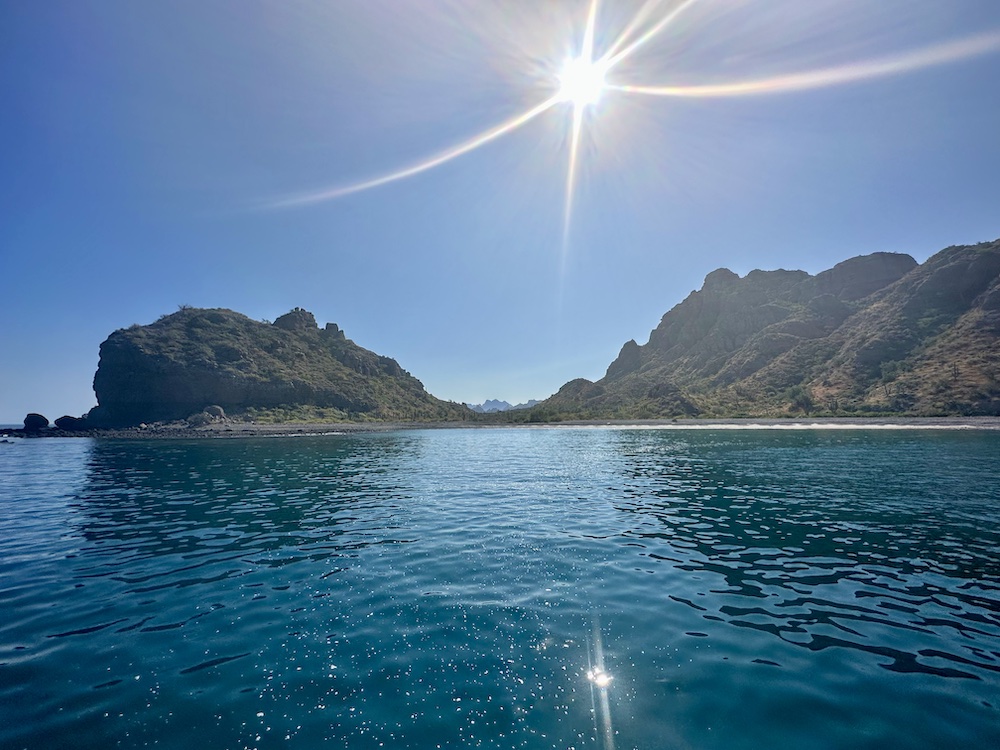
I went in early December, which was considered too early for most whales’ arrival. But I was ecstatic to spot a humpback whale splashing and tailing from a distance.
This happened after a long day spent on the most beautifully colored sea I’ve ever seen in my life: clear, luminous viridian-jade that reminds me of other volcanically formed coastlines in Italy and southern France. Swim in the calm, crystal waters of Isla Danzante (Dancing Island). Practice paddle boarding without any disturbances save for brown pelicans gliding around uninhabited islets. And look for your favorite birds: I was surprised to discover that the world-famous blue-footed booby isn’t just found in the Galapagos, but also in Loreto Bay. With the primordial calmness and abundance of the animals, it was clear that I was a visitor in their non-human world—a stunning and soul-healing experience.

Canyon les Parras (Canyon of the Vines)
Although Loreto’s renown leans heavily on the Gulf (and for good reason), the Sonoran desert that makes up the interior of this narrow peninsula is just as striking. This is a semi-arid desert studded with pillars of cardón cactus and lush shrubbery. Canyon les Parras offers a mild and immersive hike into a dramatic gorge named after wild grapes. The craggy cliffs are covered in greenery: agave, arrow tree, bow tree, palm, palo verde, rock fig (wild fig endemic to Baja California), and even wild pumpkin. The lush flora supports a wide variety of animals including coyotes, foxes, bobcats, white-tailed deer, salamanders, toads, and even the charismatic desert bighorn sheep. These animals are wary of humans, but you’re more than likely to spot wild horses, donkeys, and mules making their way around the desert, as I did. The sight of the oasis at the end of the hike is as welcome as it would have been to foot travelers in centuries past.
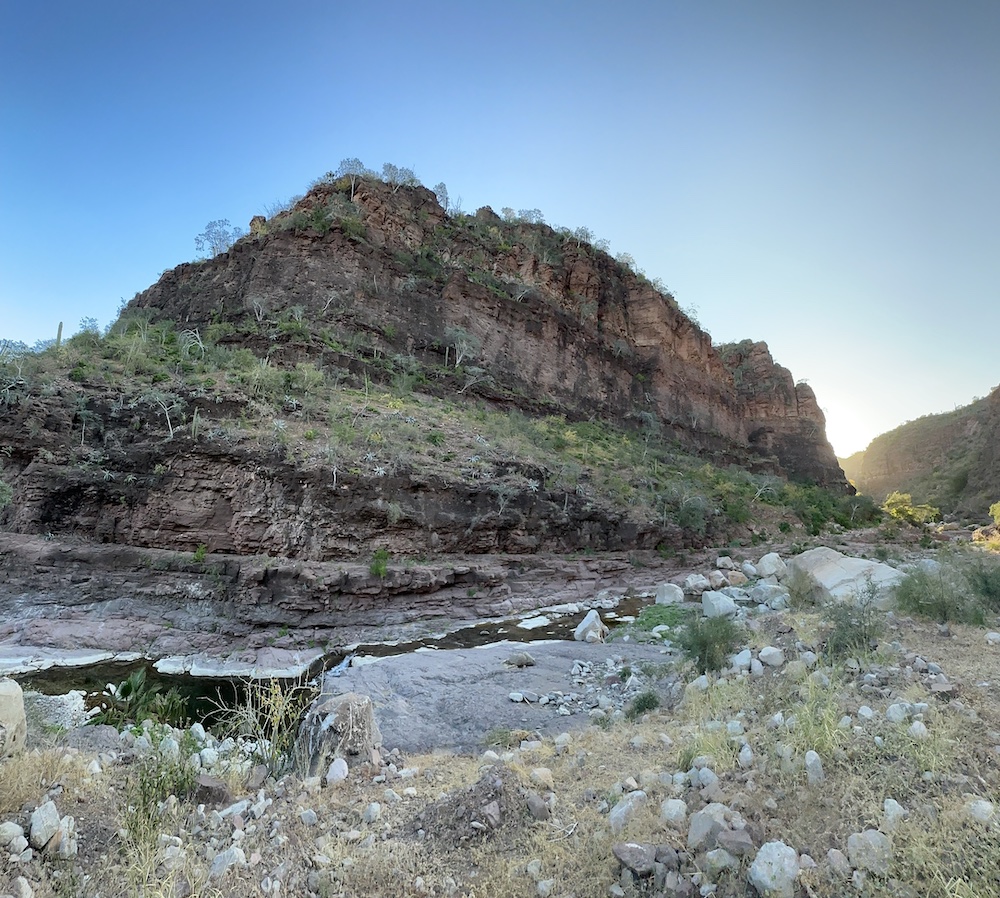
Where to stay in Loreto
Hotel 1697 is a lovely boutique hotel with a swimming pool in the courtyard. For breakfast, they offer the best refried beans I’ve ever tasted with a basket of warm tortillas and fresh fruit. I found myself getting excited just for this delicious breakfast in the shady nook next to a fountain.
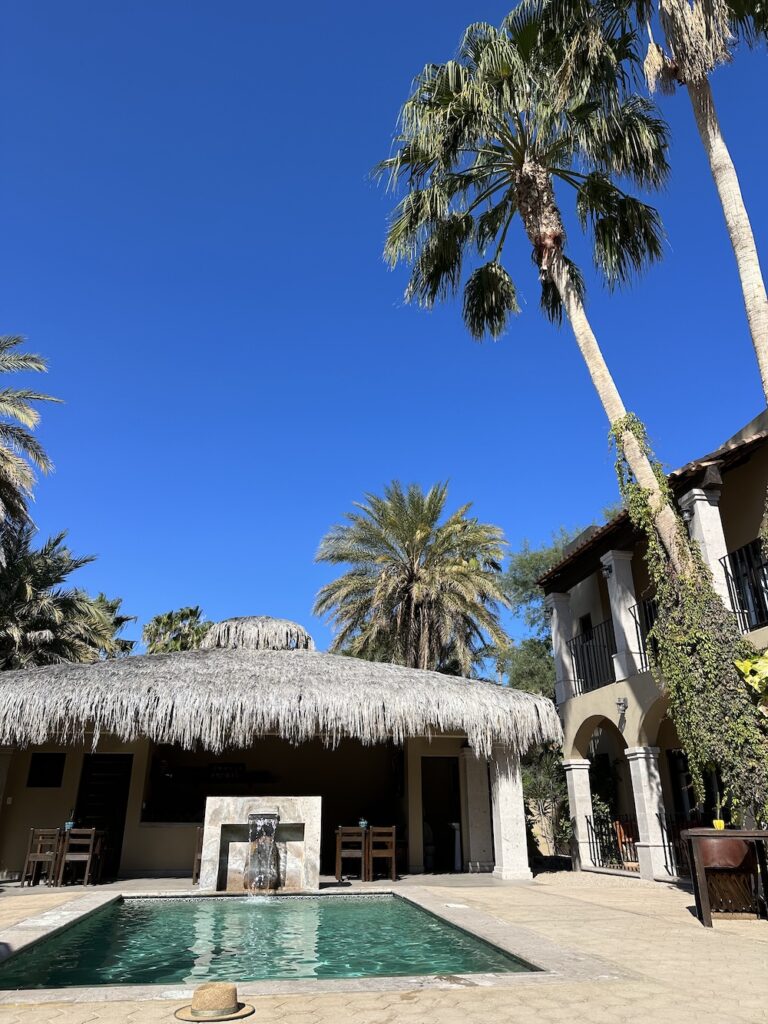
Hotel 1697
If you’re looking for sea views, stay at the Hotel La Misión Loreto. Situated in the heart of the village square, Hotel Posada de las Flores is the most romantic option with Spanish Mission-style rooms and a gorgeous rooftop.
What to eat in Loreto
While it’s a popular destination, Loreto remains authentic—which means you won’t find American-style vegan alternatives and tofu on every corner. Veganautas Smoothie-Bar is a rare great option if you miss the taste of home: this vegan smoothie and juicery uses stainless steel straws and minimizes environmental footprint. The adjacent sister restaurant Vegasaurio Cocina Vegana offers vegan burgers, pancakes, sandwiches, and burritos for breakfast or lunch.
For more traditional Mexican cuisine, try Mi Loreto. The menu has several vegan or vegan-possible options, and I tried the chile relleno stuffed with plantain and raisins—delicious. On a day when I didn’t avail myself of Hotel 1697’s breakfast, I headed to Orlando’s: a casual and cheerful spot that will happily turn any dish vegan. I loved the creamy enfrijoladas (tortillas drenched in a creamy bean sauce).
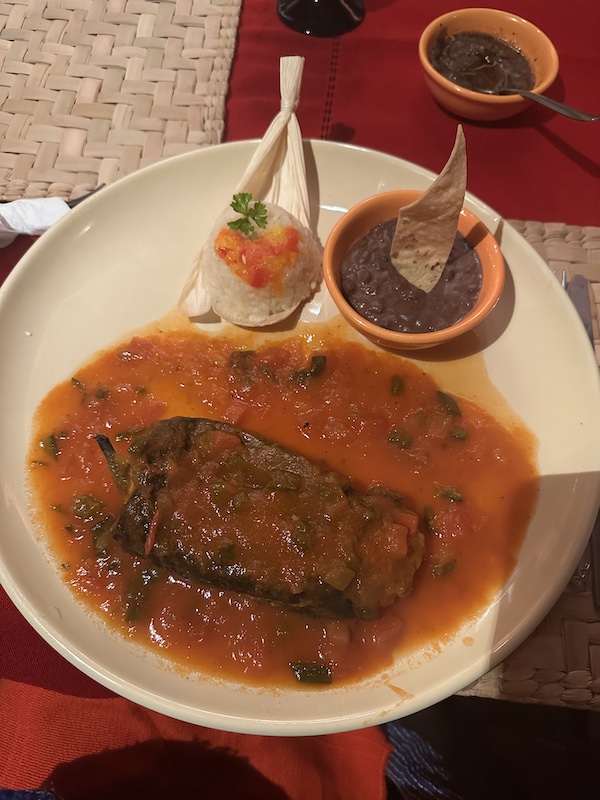
Chile relleno at Mi Loreto.
See the rest of our trip:
View this post on Instagram
__
Photo: Ivette Granados (top); Peaceful Dumpling (rest)


